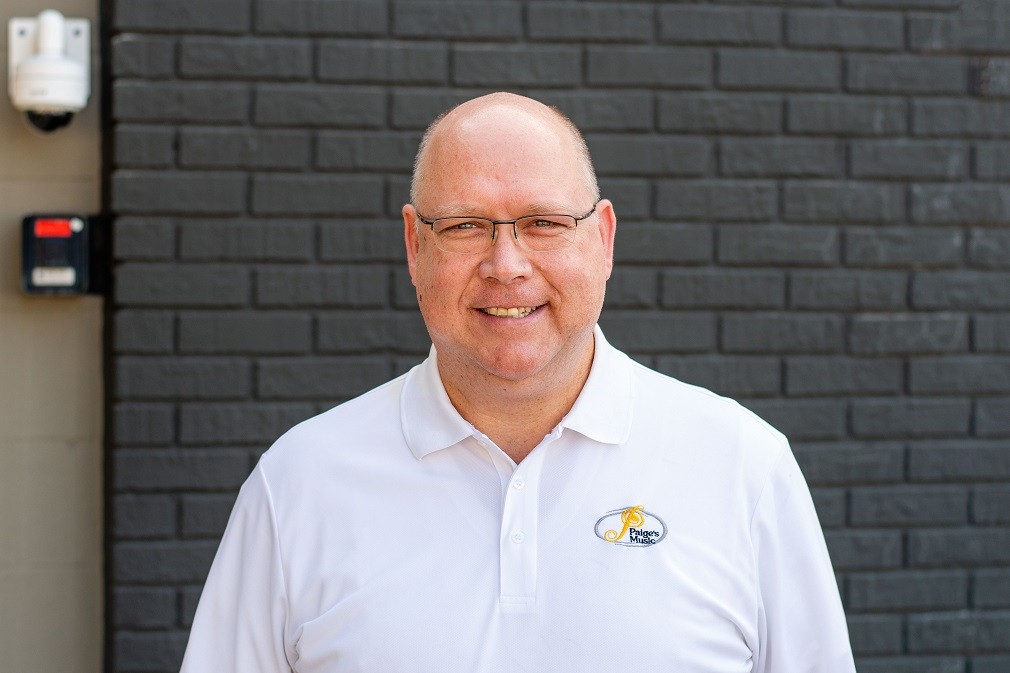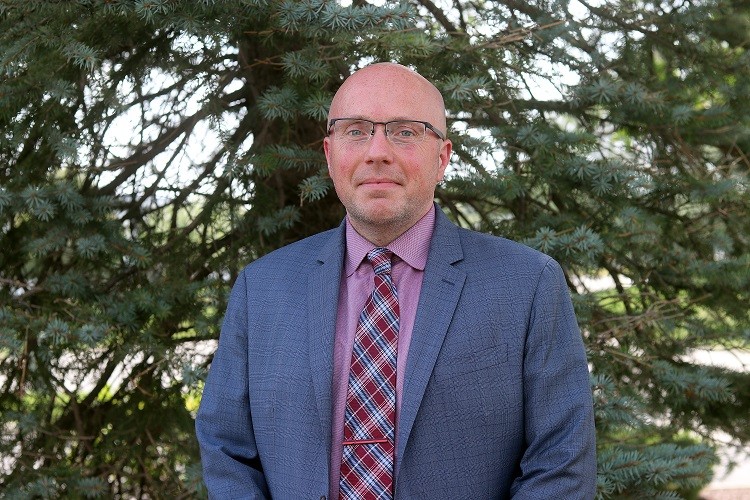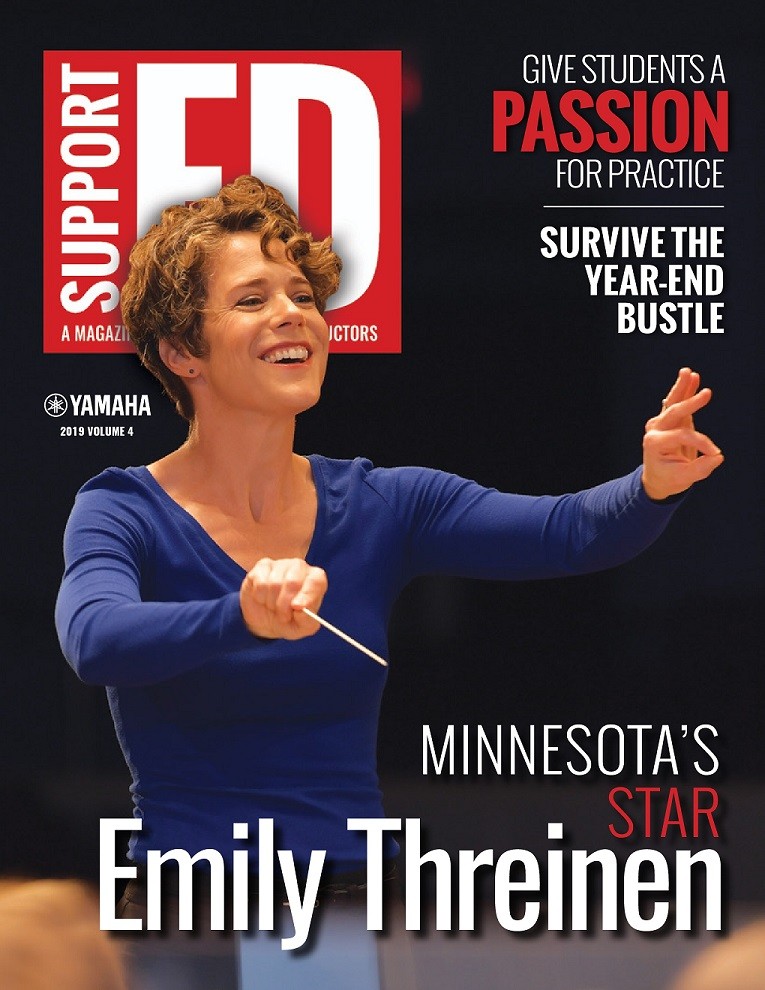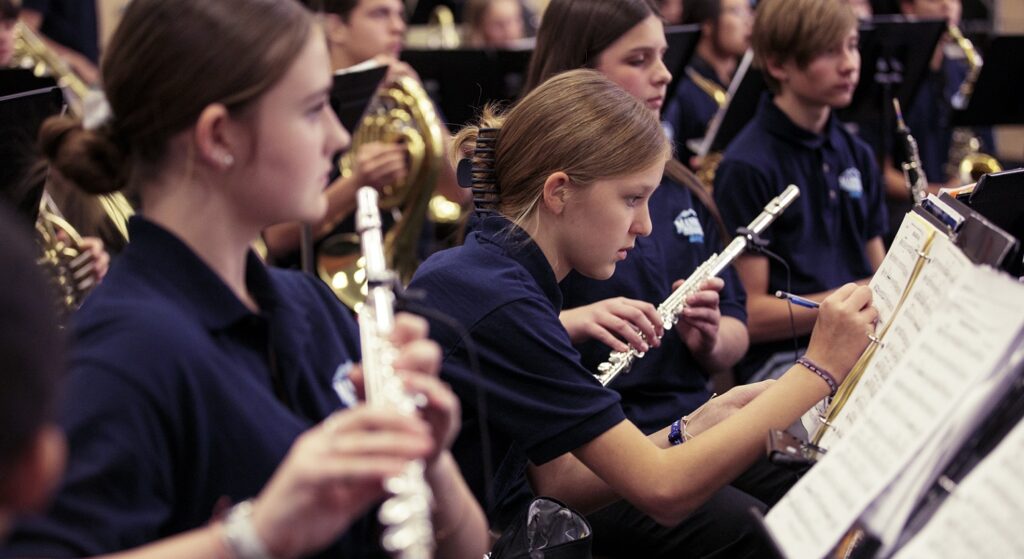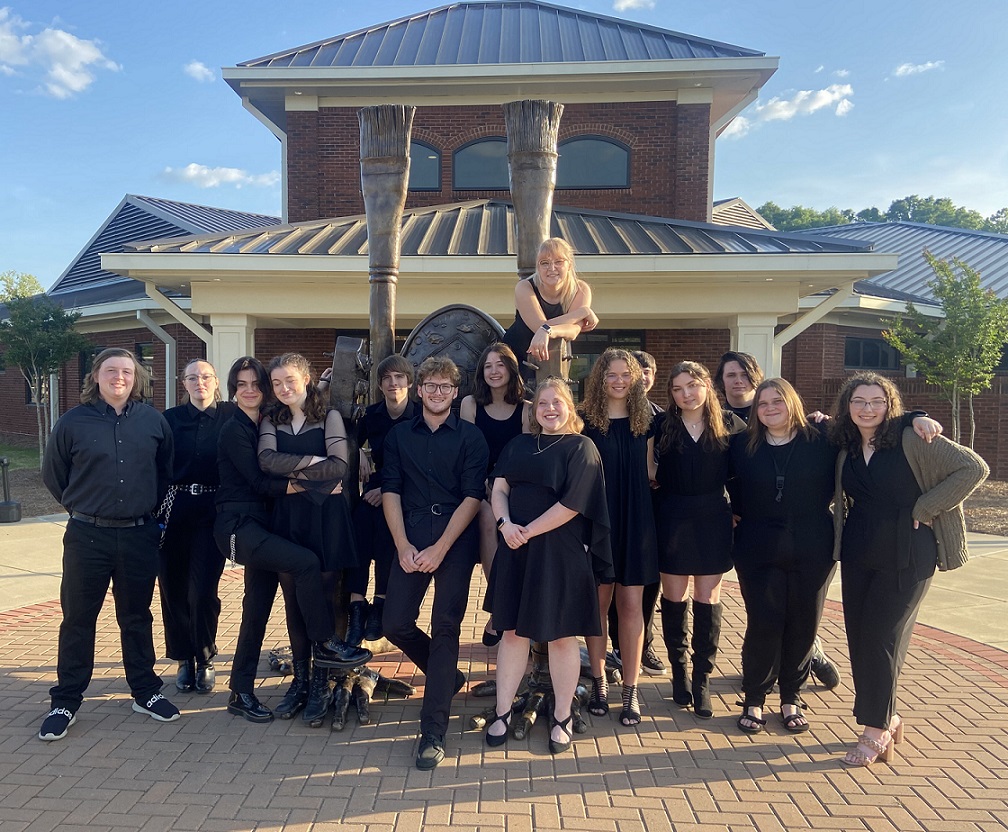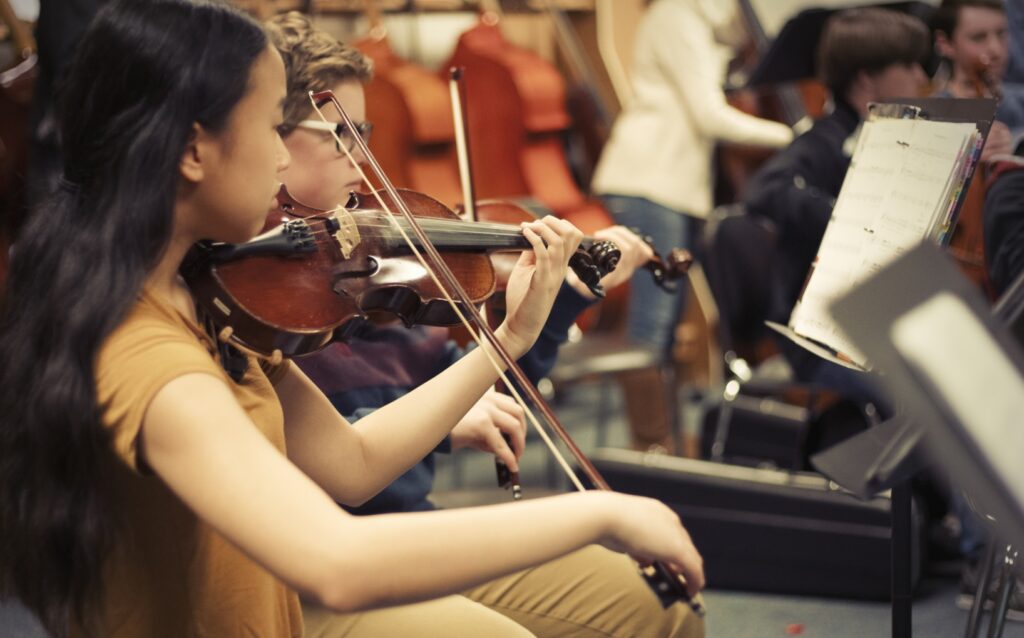Work with Music Dealers to Enhance Your Program
Instrumental educators who build relationships with school music dealers can enhance their programs and save money in the long run.
When working with Paige’s Music in Indianapolis, Indiana, local band directors give the game “red light, green light” a new twist.
Tim Dawson, director of school sales at Paige’s, works with band directors to put together presentations about instrument inventory based on red, yellow and green traffic lights.
All “red-light” instruments are not to be used anymore; “yellow” instruments need repairs or may need replacements in the future; and “green” instruments are in good condition. Directors then present this information to their school administrators to break down what services and instruments they need and why.
“It’s important that directors know their inventory [and] get their hands on the instruments to see what they have, what’s usable and what’s not usable,” Dawson says. “When a presentation is that clear, [it’s] more likely the directors will get what they need from the school.”
Like Dawson, school sales representatives at music stores work with directors to ensure they have the proper supplies to run their programs. Educators can reap the benefits of a strong relationship with store reps.
Focus Locally
Working with local music stores has financial and strategic benefits for a music program. “We typically know the solutions and the brands that will serve the director’s program,” Dawson says.
Dealers can play a key role during the student membership and recruitment process. During back-to-school season, Quinlan & Fabish (Q&F) in Burr Ridge, Illinois, runs a Recruiting by the Numbers program. Representatives from the company visit schools throughout the Chicagoland area and set up stations for students to try instruments.
This process not only gets students excited, but it also helps with instrumentation. “Many students are immediately drawn to saxophone and percussion,” says Paul Ramsaier, school sales representative at Q&F. “Some of the instruments might not grab a student’s eye right away.With this recruitment program, each student will try at least one instrument from each instrument family including low brass and strings.”
Buying instruments locally can save replacement and repair costs. While inexpensive instruments outsourced from abroad may look appealing to a music department’s tight budget or to unaware parents of young musicians, working with a local store can be the most budget-friendly decision.
“Sometimes it becomes very hard to pass up the too-good-to-be-true deal, [instruments] made in another country and imported at a wonderful price,” Dawson says. “[But] it’s going to show in the quality and longevity of the instrument.”
Savings in purchase price can be wiped out if the instrument does not arrive in playable condition. “Maybe you save $50 on a cello, but you have to spend $100 to $150 to get that cello set up in playing condition,” says Cris Behrens, manager of Summerhays Music in Murray, Utah.
Track Inventory and Repairs
Behrens recommends that teachers view their music programs like businesses, which includes putting instrument purchases, repair costs and all other expenses into a spreadsheet.
Too often, Behrens has seen music directors repeatedly pour money into repairs on the same instrument when buying a new one would be more cost-efficient. “I’m surprised when teachers don’t keep track of repairs on their instruments,” Behrens says. “[If] you add up how many times [an instrument has] been in the repair shop, they could’ve bought a new one over that five-year period.”
Directors should also understand the school’s budgeting process. “The director has to know the ins and outs of when budgets are created, reevaluated, presented to the board and passed,” Dawson says.
Communicate Clearly
To best serve their programs, teachers should provide details to their purchasing departments. For example, in bid requests, educators should specify brands or models. If left open, the lowest bid might win, and the instrument quality may not be what the directors want.
“Communication is key,” Ramsaier says. “Make sure we know exactly what you’re looking for; don’t be afraid to be specific.”
A good relationship with a music store requires teachers to ask for help. “While I understand an educator’s need to assert independence, the purchase of new instruments is definitely a collaborative process,” Ramsaier says.
However, Ramsaier explains that educators should balance that need for independence with a desire to learn more.
Because music stores have relationships with many different school music programs, teachers can tap into that wealth of knowledge to learn what works for other organizations. If directors pay attention to aspects they like about another school’s program, they can work with the music dealer to follow that example. “If we have a director who comes in and says, ‘I want to outfit my wind ensemble with tubas, what does [this other] school use? I’ve heard them, and they have a wonderful tuba sound,’ we can guide them toward that model,” Dawson says.
Overall, think of instrument dealers as collaborators. “The music store can be your partner, a resource,” Ramsaier says. “Capitalize on that. Ask questions. Let them share their experience with you.”
This article originally appeared in the 2019 V4 issue of Yamaha SupportED. To see more back issues, find out about Yamaha resources for music educators, or sign up to be notified when the next issue is available, click here.










